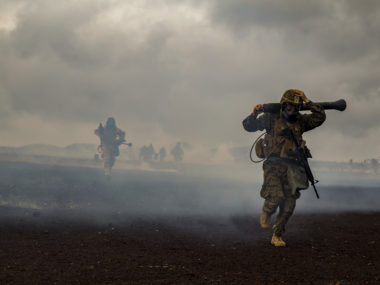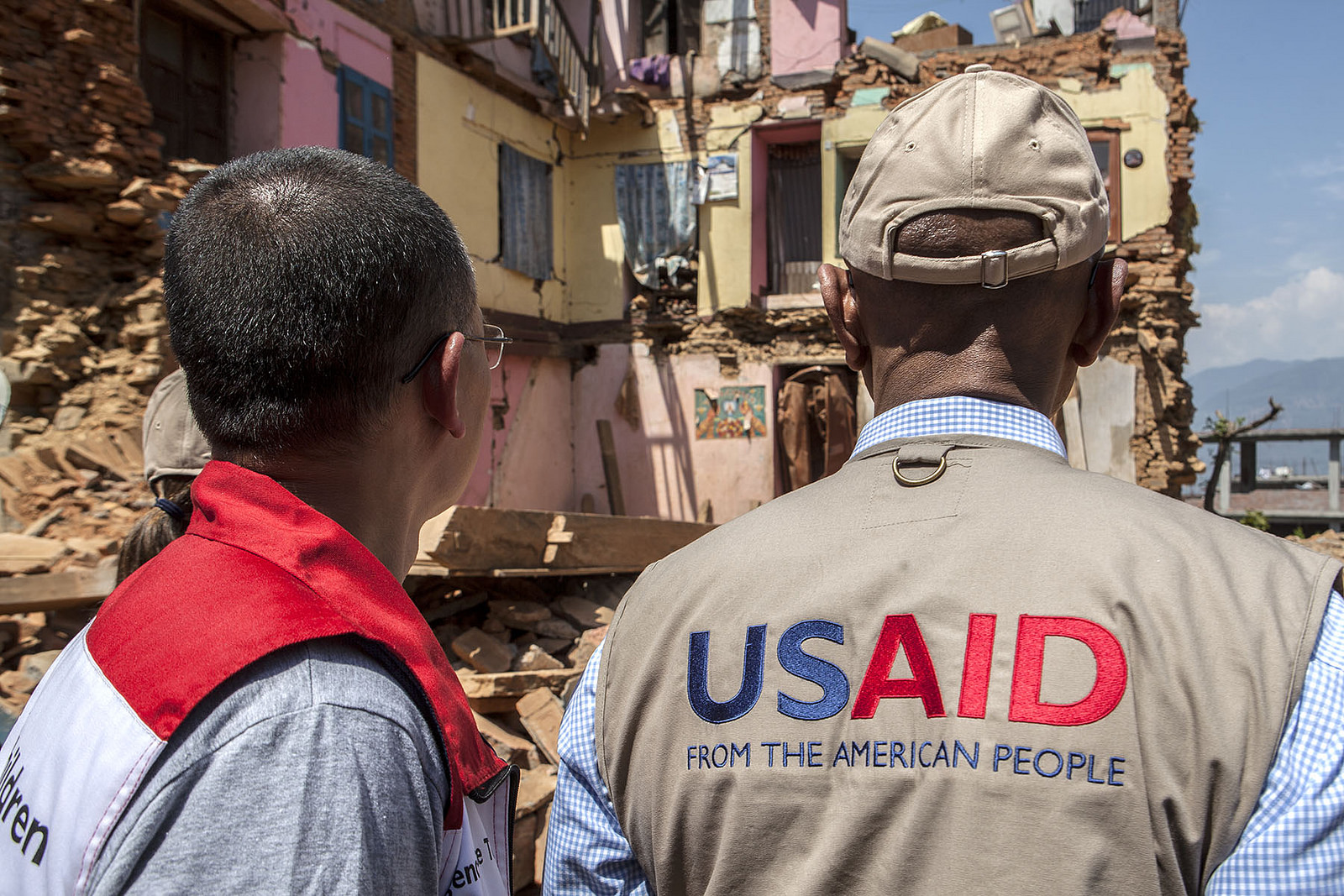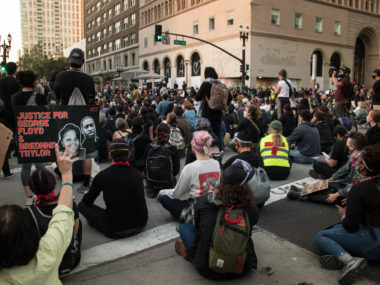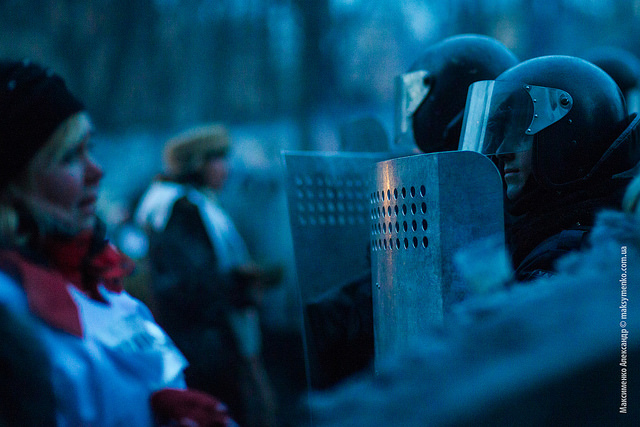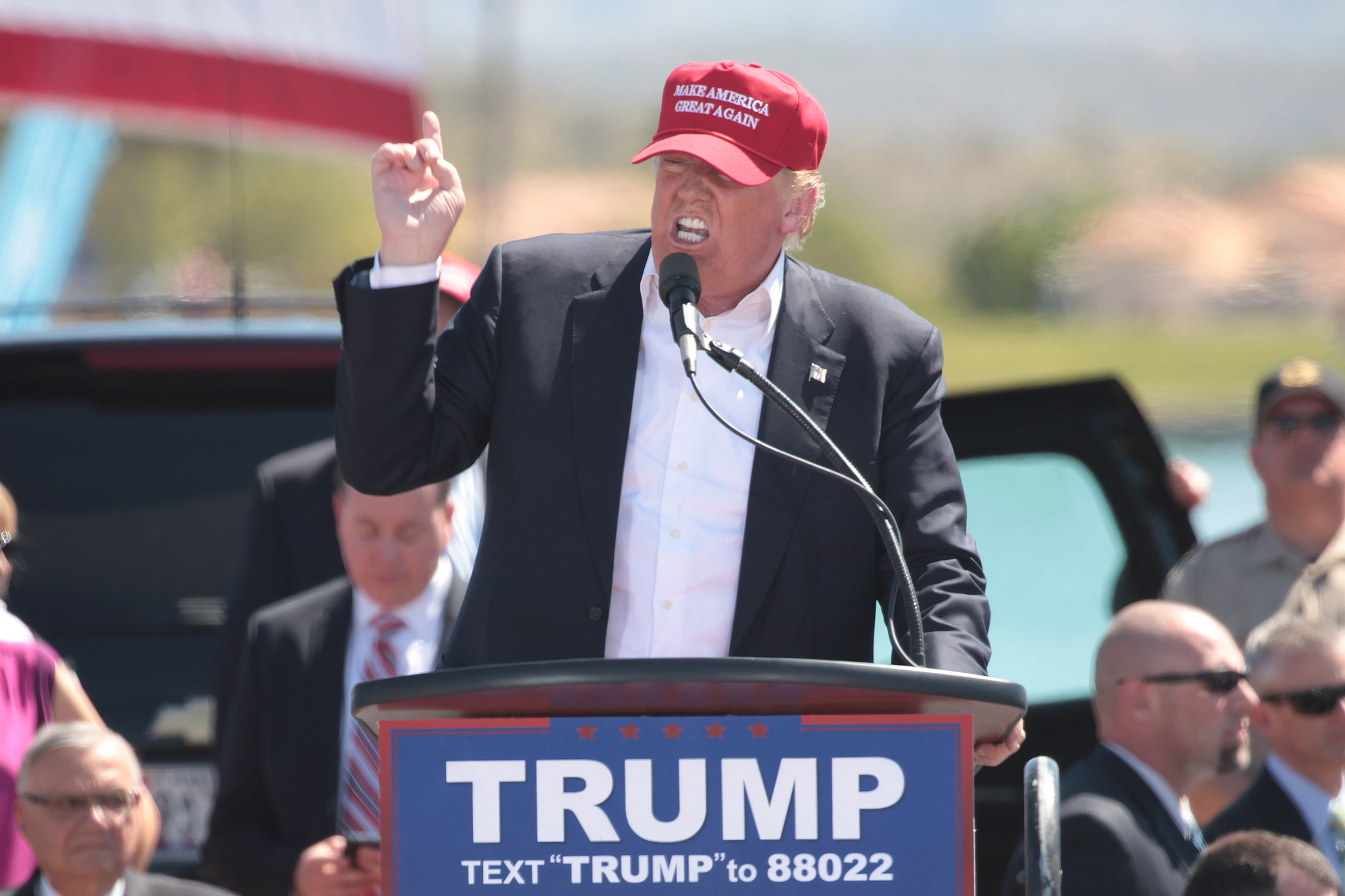It’s been an election season unlike any other. Voter turnout is so far at an all-time high, and there’s a palpable sense that this election really, really matters.
With the high-stakes atmosphere has come heightened tensions, among communities already worn down from the effects of the pandemic, and a season of protest. The question is: how might we constructively respond to contention in the US before, during, and after the election?
PVG editors weigh in:
Erica Chenoweth
The most important things for people to remember are:
First, vote!
Second, we know that it will take a while for all votes to be counted and for a winner to be announced. This will take longer than normal in 2020 because of the high number of absentee and mail-in ballots due to the pandemic. That is by design, and it means that the process is working.
Third, people have the right to engage in protest, rallies, and other forms of nonviolent contention. Like Robert Blair and Stephen Rosenzweig argued last week, it is appropriate for people to make a plan to vote, and a plan to protest, too. No one should interpret these actions as attempting to undermine democracy or undermine confidence in the election results. In fact, popular protest is part of how people in the U.S. have always made their voices heard, how Americans have secured voting rights, and how Americans have held their elected officials accountable for making sure our elections are working properly.
Fourth, although there has been a lot of talk about the potential for violence in the U.S., do not let this deter you from participating fully in this election—whether that means voting, canvassing or phone banking for your preferred candidate, working at the polls if you’re able, providing music, dancing, or pizza at the polling lines, rallying and car caravanning to make sure that every vote is counted, and saluting our neighbors, volunteers, community leaders, and election officials for their efforts to make sure the election goes forward as orderly as possible. A public fully engaged in the election process will both deter violence through power in numbers, and it also ensures that communities are in a better position to hold elected leaders accountable in the future. In short, get involved and stay involved. It’s good for democracy, and it’s a good way to sideline or overshadow any extremists who are trying to intimidate people.
Fifth, think twice before you post a story on Facebook or retweet some scandalous news. We need everyone in the country to be aware of the torrent of misinformation—or even misleading information—that is meant to further polarize us, spread hate, and undermine confidence in the election. Be a good steward of your own media and information environment, and be skeptical of anything that looks like it could inflame tensions without triple-checking the source.
Last, it’s worth repeating: vote!
 Barbara Walter
Barbara Walter
Historically, the type of group that tends to initiate political violence is a group that was once-dominant but has lost power to a competing group. In the United States, the group that is losing power demographically is white, conservative, Christian Americans, represented by the Republican party. But they have not lost power yet. This is partly because white Americans, especially older white Americans, have high voter turnout rates. It’s partly because the US’s electoral system disproportionately favors rural Americans, most of whom are white. And it’s also because the Republican party is willing to suppress the vote for citizens likely to support Democrats. This means that Republicans will likely continue to win elections at the state level—and even at the federal level—beyond 2020.
So, what does that mean for Tuesday’s election and violence? It means that even if Trump loses, Republicans still have hope that they can retain power at the federal and state level for years to come. And as long as they have hope, most Republicans will continue to work within the system rather than outside the system using violence.
I don’t think there will be a lot of violence after this election. Some of the more extreme elements of the Republican base might protest or even engage in isolated acts of violence if Trump loses. But they are unlikely to gain the support of more moderate Republicans. It’s when Republicans have lost two or more consecutive presidential elections, when they have lost control over the Senate, and when they start losing control of once-solidly red states, that trouble is likely. But by that time my hope is that the Republican party has shifted to an electoral strategy that appeals to a more diverse voter base. Once they do that, working within the system will once again be in their interest.
 Christian Davenport
Christian Davenport
Get ready for a rough ride. I think that contention will abound in the days to come and potentially a little longer.
Starting from below and more individualized behavior, I think we will have many forms of everyday resistance and political shenanigans. This will include people continuing to not wear masks in public areas regardless of what laws or social norms exist. There will be vandalism, graffiti, and creative attempts at hacking diverse political organizations—the last one involving both domestic and foreign actors. Places with open carry laws will essentially prompt mini-gun shows as individuals will flaunt their ownership. This might not sound like political contention, but I think that carrying weapons in front of non-armed civilians constitutes a form of political coercion and force. With the incredible rate of gun sales over the last few months, this should be maintained as a very real possibility.
Small aggregations of individuals with lowish levels of coordination, will result in diverse forms of political posturing. This may include folks coming together for offense as well as defense across the limited political spectrum that we have. (The discussion of left and right is somewhat ridiculous given what political organizations and ideologies we used to have in the United States compared to what we have now.)
There will clearly be diverse forms of protest—especially given the recent shooting in Philadelphia, as Black Lives Matter-related activities will again expand. The scope and intensity of this behavior will largely depend on the police, military and/or civilian response. A heavy-handed/armed response will result in greater participation in part to address the perceived illegality of the current election and efforts at voter suppression, which, while frustrating, do not always lead to collective dissident behavior. This will also prompt looting/symbolic pillaging as well as riotous/rebellious behavior. A less heavy-handed/armed response will tend to keep protest, looting/symbolic pillaging and riotous/rebellious behavior limited. These will potentially be associated with the enactment as well as creative application of laws regarding peaceful assembly and protection of property. Expect some curfews and other restrictions of civil liberty.
Potentially even more serious is the possibility that militias—though whether we should call them “militias” is questioned, rightly, by our colleague Idean Salehyan—will engage in geographically isolated, sporadic activity. Depending on how quickly authorities respond, these will be geographically as well as temporarily contained and will not diffuse. A mapping of militia organizations might suggest that there are not many of them, but the rigor by which are detected isn’t clear, and thus I believe there may be more of these groups than is commonly assumed. This does not necessarily make them more effective—just more numerous.
Related, I expect that the local populations where these groups exist will be supportive, and thus authorities can expect little assistance from potential informants, similar to discussions of civil war. Some select military units might be mobilized in an effort to contain contentious activity that looks like it “might get out of hand.” The dynamic interaction between the two—militias and those tasked with containing them—is essential. Given the desire for the executive to reduce political participation, however, expect the sensitivity to political threats to be high, especially as we get closer to the actual election day.
Around election day itself, I expect both isolated incidents involving various degrees of hostility as well as a few standoffs between protests and counter-protesters. Unless units become mobilized and travel to surrounding districts, I do not think that these will be especially extensive or violent. We might see some roadblocks and other improvised mechanisms for disturbing regular transportation routes enacted by state as well as non-state actors alike.
I think that the possibility of a coordinated, large-scale military action is limited but there is a possibility of several smaller-scale mobilizations or incidents. Expect call-outs and extensive mobilizations, if for no other reason than to intimidate civilians, writ large—from actors both inside as well as outside the government. Folks in law enforcement, the national guard, and the military might not want to shoot citizens, but they might feel comfortable with displays of potential power which always come with a risk. The dynamic here will be interesting: places where decent size segments of the population and members of the security forces are largely supportive of the president should see less violence whereas places where decent size segments of the population are not supportive, but members of the security forces are, should see more violence. One of the more disheartening elements of current life in America is that the police have largely been left to deal with the victims of a largely predatory and inequitable economic system, but without the population or the police understanding what is transpiring. The lack of comprehension and empathy fuels the conflict.
The wild card in all of this concerns the current president and exactly how far he will go to counter an unfavorable electoral outcome, as well as who will side with him. Expect a militarization of the White House and various institutions affiliated with the government throughout the US. Now, I don’t think that the more highly trained and experienced segments of the security forces will side with the president given his often questionable statements and behavior, but it is possible that some isolated people in and outside of government will indeed side with him—and it only takes a few to ignite violence. Overall, however, I believe that chains of command and habitual deference to the hierarchy of the relevant agencies will win out over attempts to compel activity in the US, which would be far outside of their general standard operating procedures. If we were in another country, then US troops might very well engage in extensive violence—consider David Vine’s new book The United States of War—but I do not believe that they will support a domestic application even with attempts at jurisdictional shuffling.
If Trump wins, expect massive protests and protest policing, some extensive hate crimes, as well as versions of a state of emergency along with military mobilization. If Biden wins, expect less protest but more smaller-scale, scattered, and armed confrontations as well as hate crimes.
 Joseph Young
Joseph Young
As someone who generally studies “not the US,” I am saddened by the fact that many things I’ve seen in other places, which seemed impossible in the US, are happening.
With that said, any claims that the US is facing a second civil war are wrong.
The US, like all other developed democracies in modern history, will not descend into civil war, defined as contention between the state and non-state actors that exceeds a battle death threshold greater than 1,000 in a year. The US military will not be involved in this kind of contention, and we won’t see it. The events in LaFayette Square in DC and subsequent apologies from the Head of the Joint Chiefs is a good example. That’s the good news.
We are, of course, witnessing the deterioration of democratic norms and institutions that support Americans resolving our differences nonviolently. Presidential rhetoric is certainly inflaming the far-right. Sporadic violence from the far-right is certainly possible, especially if there is a tense, close outcome. Skirmishes between opposing sides have already happened but remain isolated and thankfully uncoordinated. The left, hopefully, will continue to contest mostly through non-violent and legitimate channels, regardless of the fringe-right. I expect a decent portion of the electorate to be disappointed by the outcome of Tuesday’s election, but I am hopeful that contention will remain mostly non-violent.

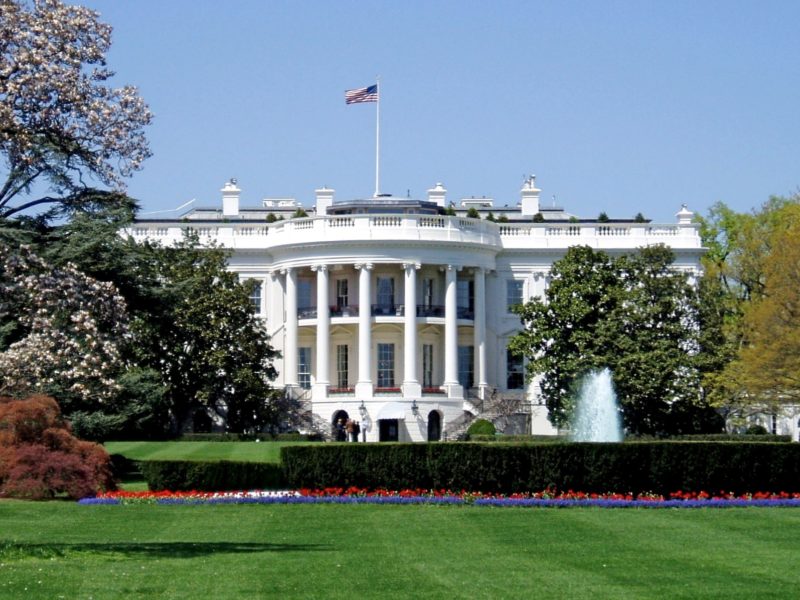

 Barbara Walter
Barbara Walter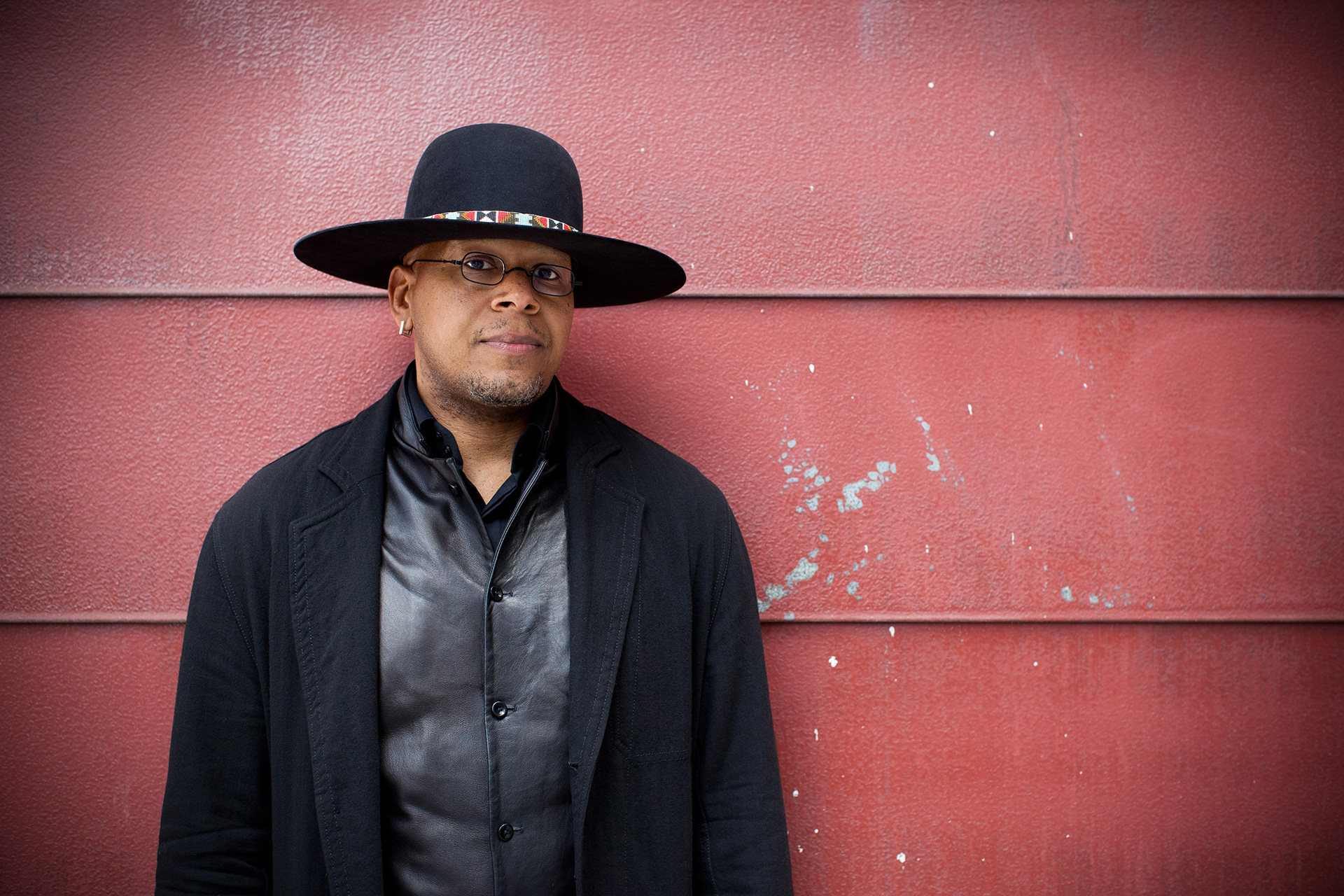 Christian Davenport
Christian Davenport Joseph Young
Joseph Young